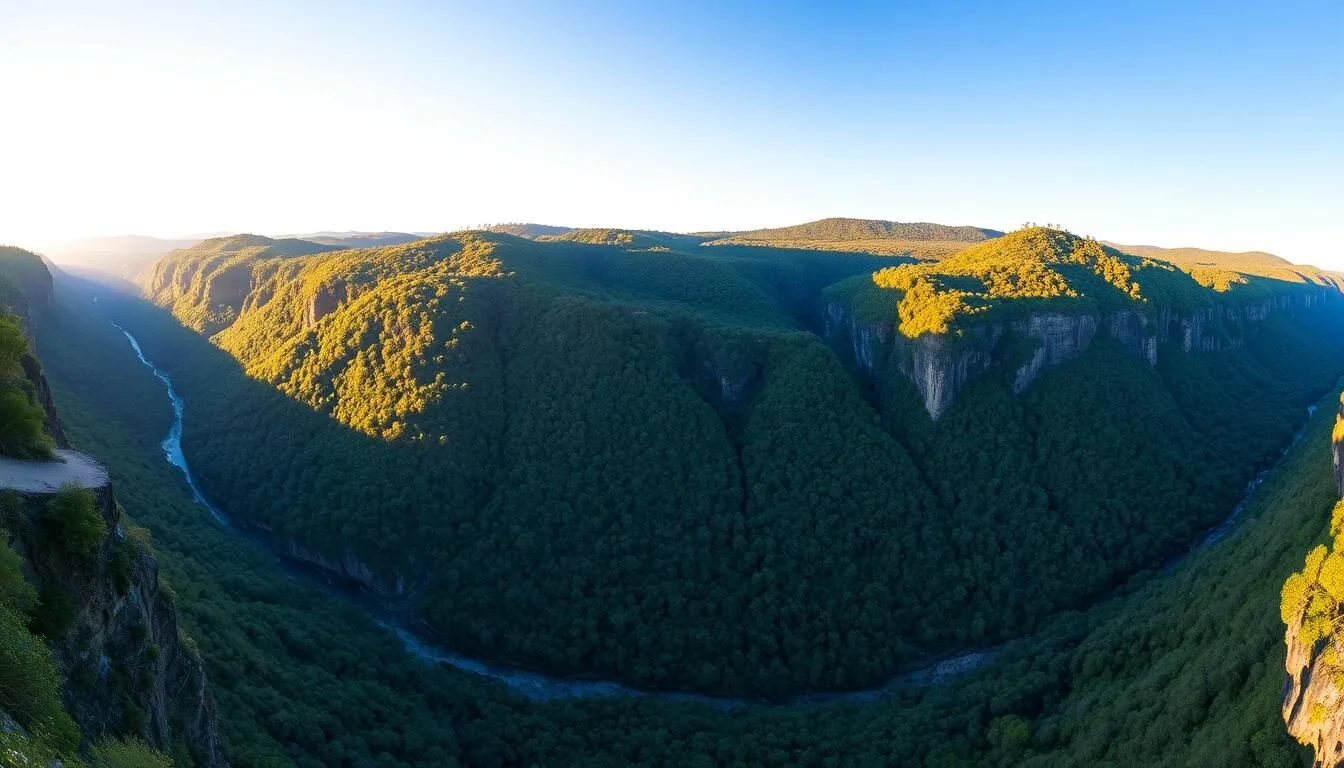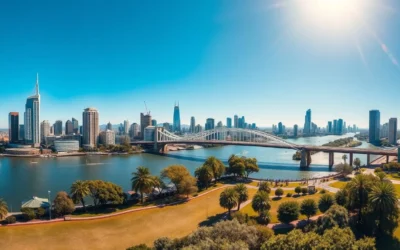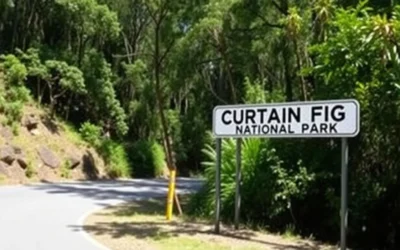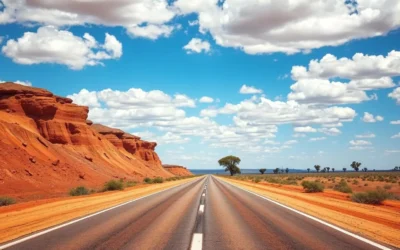Did you know Tully Gorge National Park is home to one of Australia’s most spectacular gorges, plunging 293 meters into ancient rainforest that’s part of the UNESCO World Heritage-listed Wet Tropics? This hidden gem in Far North Queensland offers breathtaking lookouts, thrilling white-water rafting, and pristine rainforest trails that few international visitors ever discover.
About Tully Gorge National Park
Tully Gorge National Park spans two distinct sections – the Tully section near the coastal township and the Tablelands section high in the Atherton Tablelands. The park is part of the ancient Wet Tropics World Heritage Area, home to some of the oldest continuously surviving rainforests on earth.
The dramatic gorge was carved by the mighty Tully River as it flows through the Cardwell Range. Once home to a spectacular waterfall, the river was dammed in the 1950s for the Kareeya Hydro Power Station, reducing the falls to a trickle except after heavy rainfall.
The Traditional Owners of the eastern sections of Tully Gorge National Park are the Gulngay people, who maintain strong cultural connections to this land and are involved in its management.
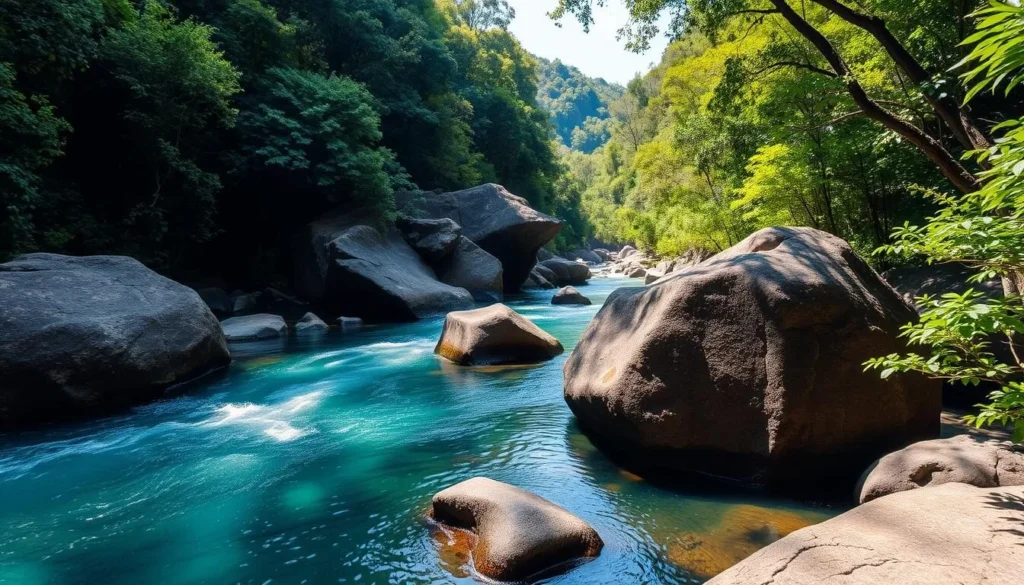
Getting There & Planning Your Journey
Tully Gorge National Park is located in Far North Queensland, with the Tablelands section (where the famous lookout is found) approximately 2 hours and 15 minutes drive from Cairns. Don’t confuse the gorge with the coastal township of Tully – they’re in different locations!
“The road is long and narrow without any phone reception, so make sure to download maps before you set off. The journey is absolutely worth it for the mind-blowing views that await.”
Directions to Tully Gorge Lookout:
- From Cairns, drive south on Bruce Highway, then take Gillies Range Road up to the Atherton Tablelands
- Continue past Millaa Millaa and Malanda toward Ravenshoe (Queensland’s highest town)
- From Ravenshoe, turn right onto Tully Falls Road (near Little Millstream Falls)
- Follow this road until you see the sign for Tully Gorge
The road is newly sealed, making it accessible for standard 2WD vehicles. However, prepare for limited phone reception in the area.
Need Transportation?
Secure your rental car in advance – vehicles in Far North Queensland book out quickly during peak season!
Best Time to Visit & Weather Tips
The best time to visit Tully Gorge National Park is during the dry season from May to October. During these months, you’ll enjoy clearer skies, lower humidity, and more comfortable hiking conditions. The area receives some of Australia’s highest rainfall, particularly from November to April.
Dry Season (May-October)
- Pleasant temperatures (20-28°C/68-82°F)
- Lower humidity and rainfall
- Ideal for hiking and outdoor activities
- Better road conditions
- More reliable access to lookouts
Wet Season (November-April)
- Hot and humid (25-33°C/77-91°F)
- Heavy rainfall (Tully area receives up to 4m annually!)
- Chance to see waterfalls at full flow
- Potential road closures
- Lush, vibrant rainforest
Tip: If you’re hoping to see Tully Falls in full flow, visit after heavy rainfall during the wet season. However, be aware that roads may be affected and lookout areas can be slippery.

Top Things to Do in Tully Gorge National Park
1. Tully Gorge Lookout
The park’s crown jewel is the breathtaking Tully Gorge Lookout, offering mind-blowing views over the 293-meter deep gorge and surrounding rainforest. There are actually two lookout options:
- Official Lookout: Located right by the car park, providing views down the gorge and to the (usually dry) waterfall face
- Infinity Pool Lookout: Found at the end of the River Walk, this unofficial viewpoint features natural rock pools and dramatic panoramic views (visit at your own risk and never during wet conditions)

Safety Alert: The infinity pool lookout is beyond the safety fence. Queensland Parks advises visitors to stay behind safety barriers at all times. If you choose to venture beyond, you do so at your own risk. Never visit when rocks are wet or during adverse weather conditions.
2. River Walk
This easy 1.4km return track takes you through beautiful rainforest to the edge of the gorge. The moderately graded path features boardwalks, bridges and some unsurfaced sections, making it accessible for most visitors with reasonable fitness.
Along the way, you’ll encounter diverse vegetation including vine forest, brush box, pendas, climbing palms, and pandanus. Keep your eyes peeled for the small white flowers of the Schelhammera multiflora (a rainforest lily endemic to the area) and the iridescent blue fruits of the Delarbrea michieana (Blue Nun).
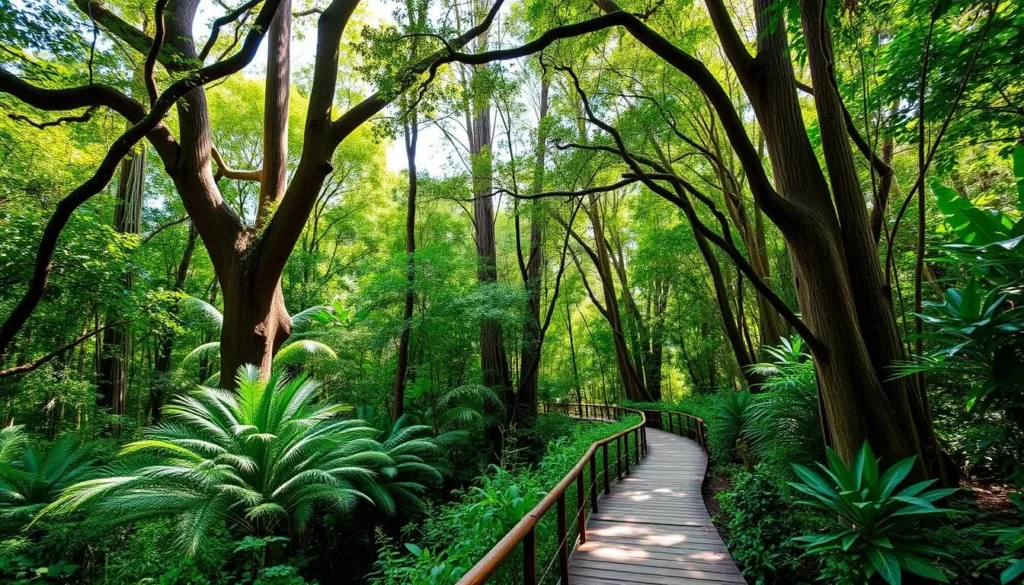
3. White Water Rafting
The Tully River is renowned as one of Australia’s premier white water rafting destinations. The scheduled water releases from the Kareeya Hydro Power Station create perfect rafting conditions year-round.
Several tour operators offer guided rafting adventures through the gorge, with rapids ranging from Grade 3 to Grade 4 (moderate to challenging). These full-day experiences typically include transportation, equipment, professional guides, and lunch.
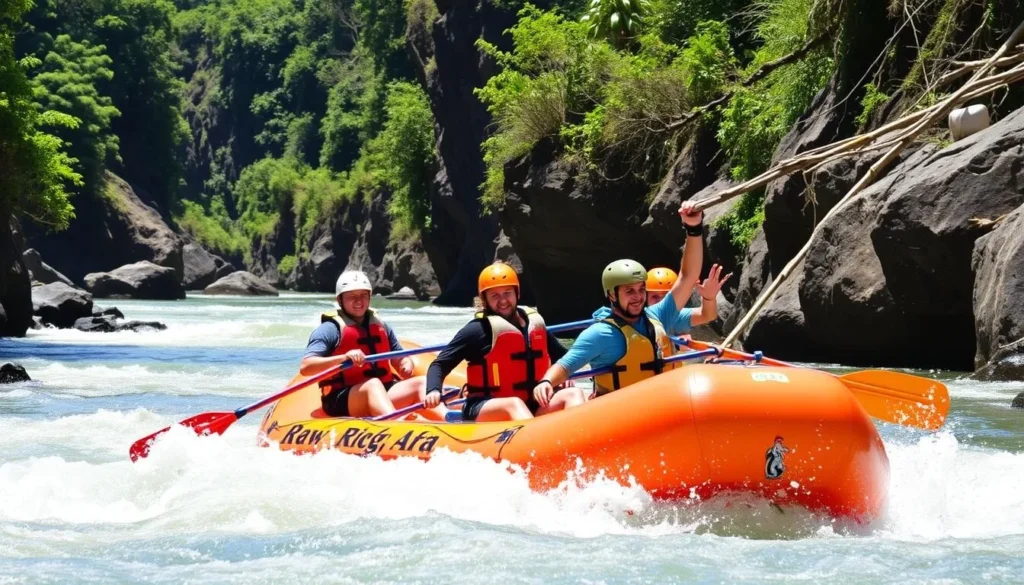
Ready for an Adrenaline Rush?
Book a white water rafting adventure on the world-famous Tully River – perfect for thrill-seekers and nature lovers alike!
4. Wildlife Spotting
Tully Gorge National Park is home to diverse wildlife, including the endangered southern cassowary, Boyd’s forest dragons, tree kangaroos, and numerous bird species. Early morning and late afternoon offer the best wildlife viewing opportunities.
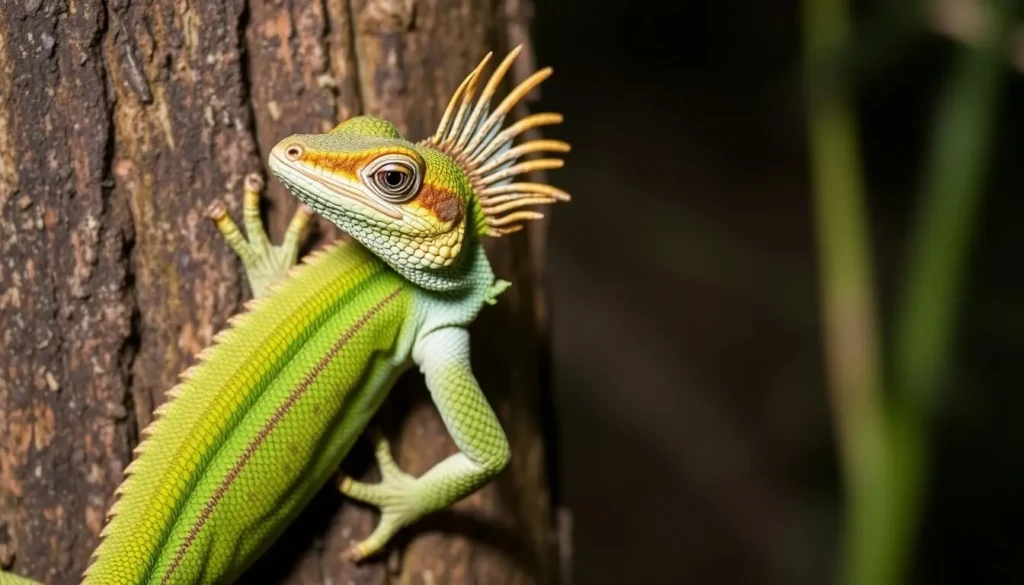
5. Photography
The dramatic landscapes of Tully Gorge make it a photographer’s paradise. The lookout is particularly spectacular at sunrise when mist often fills the gorge, creating ethereal scenes as it slowly clears. Bring a tripod for the best results in the early morning light.
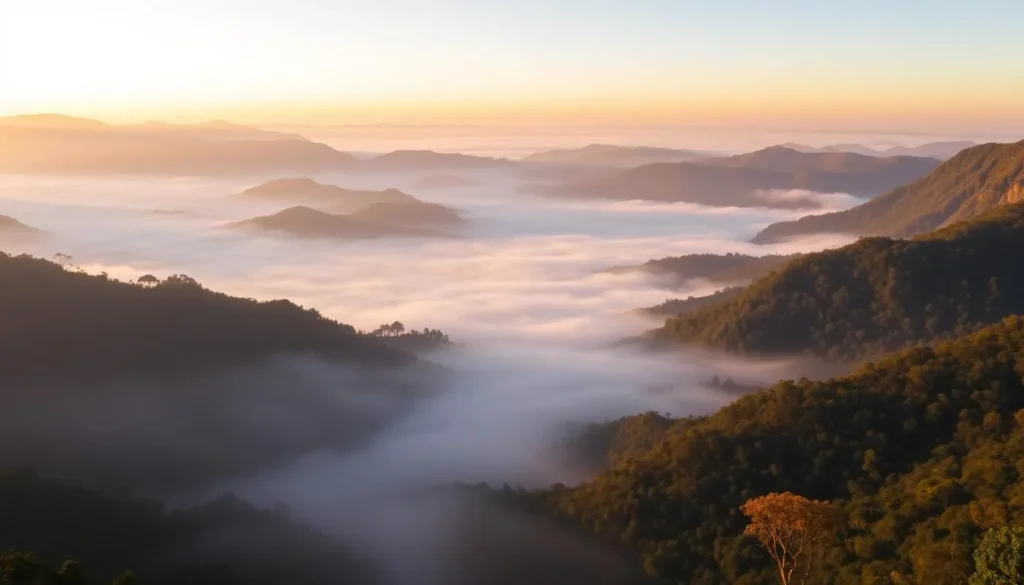
Where to Stay Near Tully Gorge National Park
While there’s no accommodation within the national park itself, several options are available in the surrounding areas:
Camping
The Tully Gorge campground offers basic facilities including toilets, picnic tables, and fire rings. It’s located near the Tully River and requires booking in advance through Queensland Parks.
Cost: Approximately $6.75 per person per night
Ravenshoe & Millaa Millaa
These Tablelands towns offer the closest accommodation to the Tablelands section of the park, with small hotels, B&Bs, and holiday rentals available.
Distance: 25-40km from Tully Gorge lookout
Mission Beach & Tully Township
For those visiting the Tully section of the park or joining rafting tours, staying in Mission Beach or Tully township provides convenient access with more accommodation options.
Distance: 30-45km from the Tully section
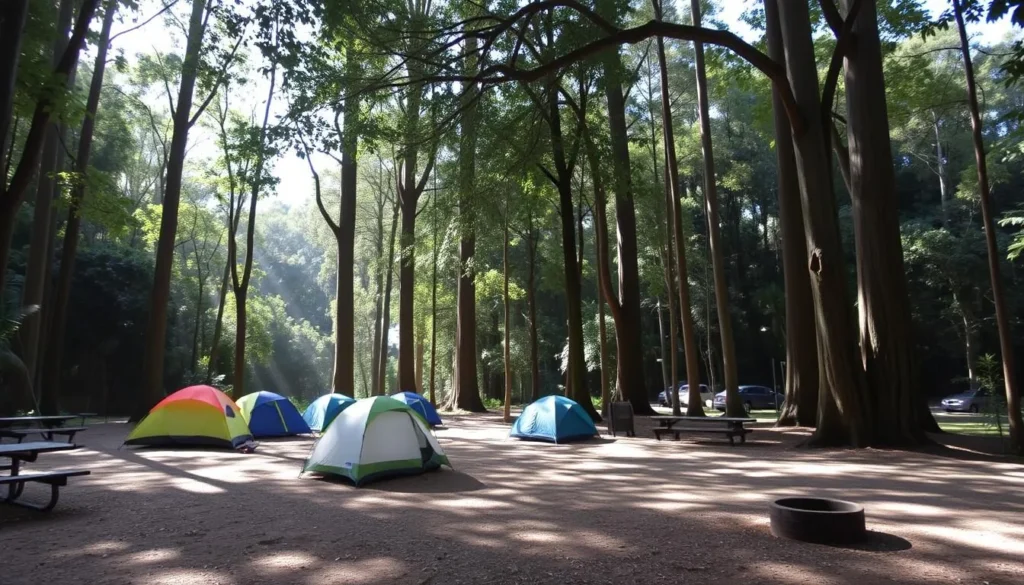
Practical Travel Tips
Essential Preparations
- Download Maps: There’s limited or no mobile reception in the park
- Bring Water: No drinking water is available at the lookout
- Wear Proper Footwear: Non-slip shoes are recommended for the trails
- Pack Insect Repellent: Mosquitoes and leeches can be present, especially in wet conditions
- Carry First Aid: You’ll be in a remote location
Safety Considerations
- Stay Behind Barriers: Official lookouts have safety fences for a reason
- Check Weather: Avoid visiting during heavy rain or storms
- Tell Someone: Let others know your plans when visiting remote areas
- Cassowary Awareness: If you encounter a cassowary, back away slowly
- Sun Protection: Even in the rainforest, UV exposure is high in Queensland
Local Tip: For the best experience, arrive at the Tully Gorge lookout early in the morning. Not only will you avoid potential crowds, but you might witness the magical phenomenon of morning mist filling the gorge before slowly clearing to reveal the landscape below.
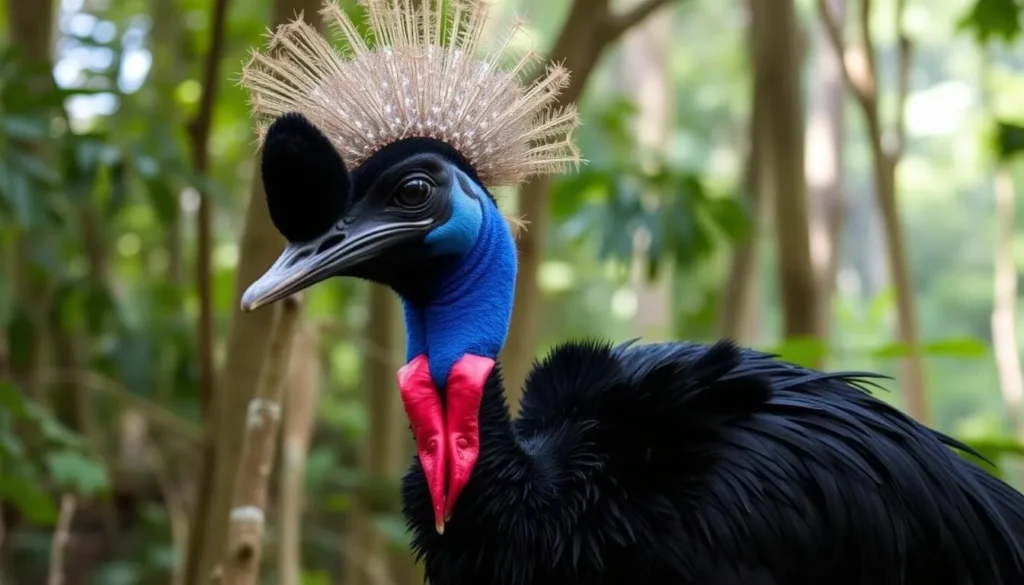
Ready to Explore Tully Gorge?
Find the best flight deals to Cairns, the gateway to Tropical North Queensland’s natural wonders.
Why Tully Gorge National Park Is Worth the Journey
Tully Gorge National Park offers a quintessential Queensland experience that combines ancient rainforest, dramatic landscapes, and thrilling adventures. Whether you’re standing in awe at the lookout, hiking through pristine wilderness, or navigating white water rapids, this hidden gem delivers natural wonders that will stay with you long after your visit.
The journey may be long, but the reward is a connection with one of Australia’s most spectacular landscapes – one that has been shaped over millions of years and continues to inspire all who make the effort to discover it.

The above is subject to change.
Check back often to TRAVEL.COM for the latest travel tips and deals.
